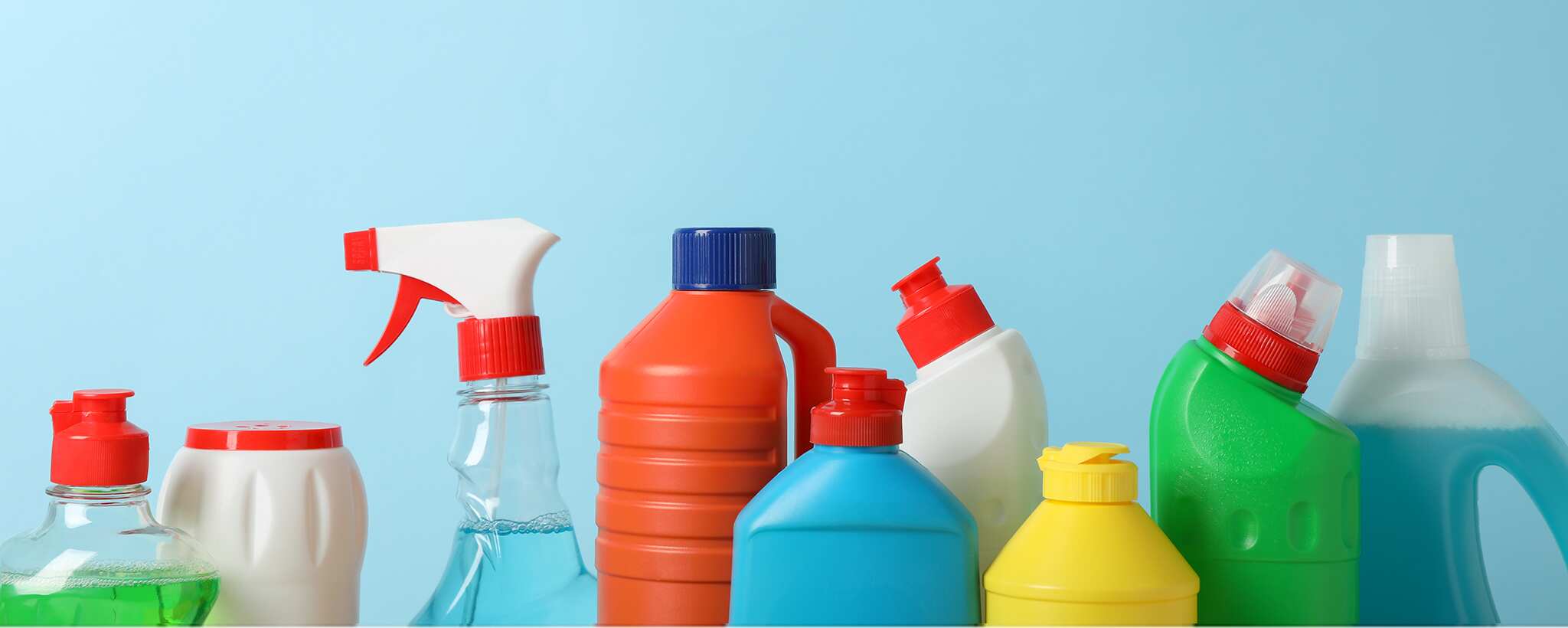As a scientist or researcher, it is crucial to maintain a sterile environment in the laboratory to ensure accurate and reliable results. Sterilizing lab equipment is an essential step in preventing contamination and ensuring the safety of both the researchers and the samples. In this article, we will discuss the various methods of sterilizing lab equipment and their effectiveness.
- Autoclaving
Autoclaving is the most common and effective method of sterilizing lab equipment. It uses high-pressure steam to kill all microorganisms, including bacteria, viruses, and fungi. Autoclaving is suitable for most lab equipment, including glassware, metal instruments, and plastic materials. However, it is not suitable for heat-sensitive materials such as some plastics and oils.
- Chemical Sterilization
Chemical sterilization involves using chemicals such as hydrogen peroxide, ethylene oxide, and formaldehyde to kill microorganisms. This method is suitable for heat-sensitive materials and is commonly used to sterilize medical equipment. However, it requires proper ventilation and disposal of the chemicals, making it less convenient than autoclaving.
- UV Sterilization
UV sterilization uses ultraviolet light to kill microorganisms. It is suitable for small items such as pipettes, but it is not effective for larger items or those with complex shapes. UV sterilization is also less effective against spores and viruses.
- Dry Heat Sterilization
Dry heat sterilization involves heating the equipment to a high temperature for an extended period. It is suitable for heat-resistant materials such as glassware and metal instruments. However, it requires a longer time and higher temperature than autoclaving, making it less convenient.
- Filtration
Filtration involves passing the liquid or gas through a filter that traps microorganisms. It is suitable for heat-sensitive liquids and gases, but it is not effective against all microorganisms, especially viruses and spores.
In conclusion, sterilizing lab equipment is essential to maintain a sterile environment and ensure accurate results. Autoclaving is the most common and effective method, but other methods such as chemical sterilization, UV sterilization, dry heat sterilization, and filtration can also be used depending on the equipment and materials. It is crucial to follow the manufacturer's instructions and proper disposal of the sterilization waste.

